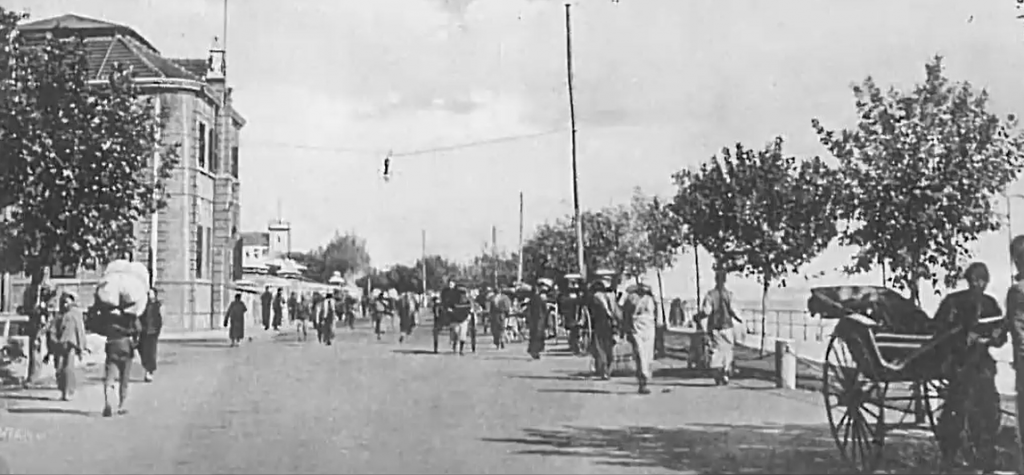Designing the East Asian Port Cities. Circulation of Building and Planning Models, 1840-1940
7 July 2020
9.30am – 12.30pm (CET)
Cristina Pallini (Milan Polytechnic - Italy), Treaty Ports as Hybrid Portscapes in China. Framing Research Trajectories

Chinese Treaty Ports, namely Chinese ports opened to foreign trade under treaties signed by the Qing dynasty with Western powers, may lead us to question the taxonomy of heritage definitions, revealing important elements of historical rupture as significant identity features.
Unlike the Chinese archetypical city following the Taoist square-grid scheme, Treaty Ports expressed the ‘dictatorship of pragmatism’, fully exploiting distinguishing physical features to meet the dynamics of trade and transhipment.
Where Treaty Port were established, the original Chinese city fell into oblivion. The paleogenetic power of cargo-breaking points manifested itself in full force. Riverside towing paths opposite earliest settlements progressively turned into a waterfront equipped with port facilities and lined with Western-style buildings, which eventually consolidated into a compact and monumental urban façade. The Bund became a cosmopolitan symbol, combined trade and military functions with other key institutions of European colonial power, while providing a public space for a number of temporary residents.
Based on series of short and long-term visits in China, followed by additional research carried out in the framework of the EU-funded project PUMAH, and with PhD candidates and graduating students, this contribution is meant as a report on parallel lines of inquiry undertaken so far.


